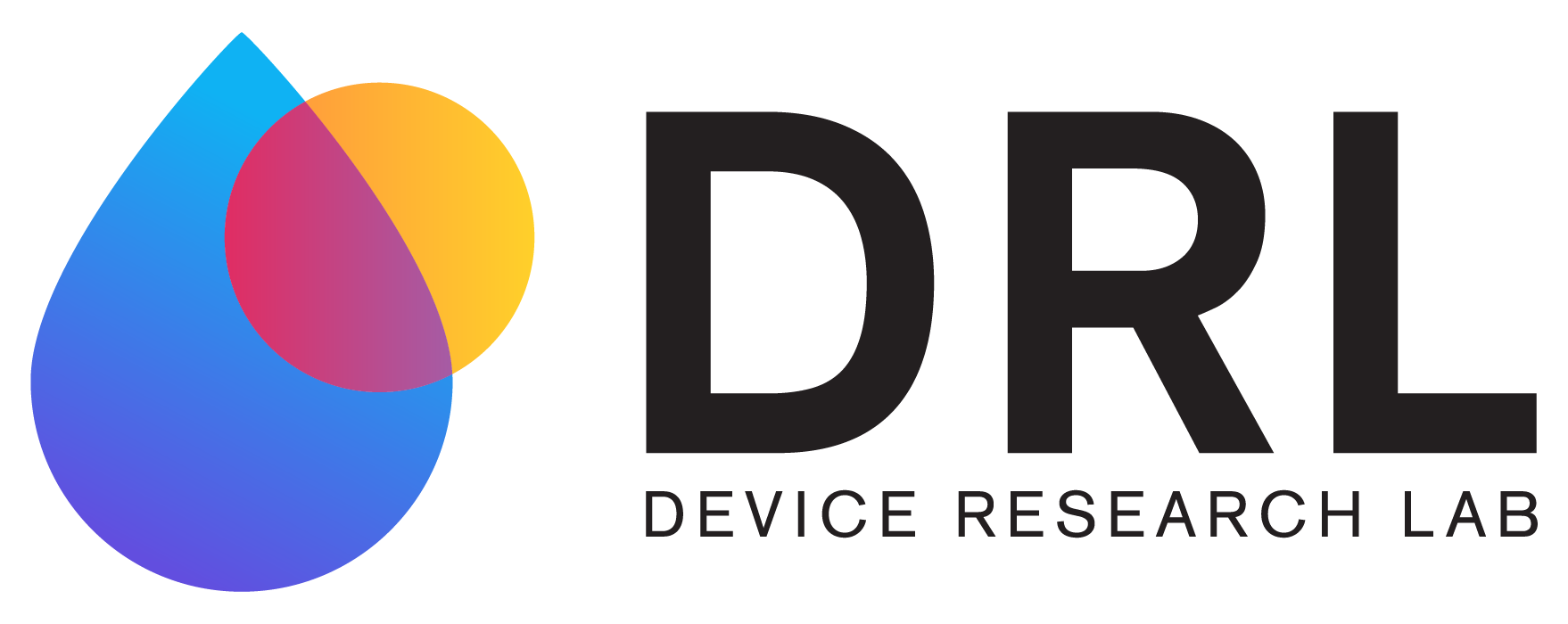Research Overview
Liquid-to-vapor phase change is a ubiquitous phenomenon found in nature and widely used in the industry. We are interested in both the underlying physics of condensation, boiling, and evaporation and their broad applications in power generation, thermal management, seawater desalination, and natural gas processing. At the DRL, 1) we are investigating the multiscale and multidisciplinary nature of the liquid-to-vapor phase change process combining mechanistic modeling with advanced characterizations; 2) By leveraging the fundamental understanding and nanoengineered surfaces, we are able to significantly enhance the heat transfer coefficient of the liquid-to-vapor phase change process, which is promising for the high-efficiency power cycle, desalination device, and thermal management strategy.
Solar energy is a vastly unexploited renewable energy source on Earth and beyond. In just one hour, Earth receives enough energy in the form of sunlight to meet all of humanity’s energy needs for a whole year. Beyond traditional photovoltaic (PV) technologies, how can we most efficiently convert solar energy to useful electricity or thermal energy to meet humanity’s everyday energy needs. At the DRL, we are currently working on three different solar-related projects to tackle this challenge and meet our future global energy needs: 1) Solar thermophotovoltaics (STPV) for high efficiency baseload power generation; 2) Solar transparent silica aerogels for solar-thermal applications; and 3) Radiative cooling for passive building cooling and refrigeration.
Thermal management, which regulates heat dissipation and temperature rise, is of critical importance for both the microscopic and macroscopic devices. Modern microelectronics suffer from the degradation of reliability and permanent failure due to the highly localized heat generation and the resulted significant temperature rise. Therefore, developing the effective thermal management solution by leveraging the fundamental insights gained from accurate modeling and characterizations becomes one of the primary goals to ensure the high performance of the next-generation electronic devices. Meanwhile, thermal management is also crucial to increasing the energy efficiency of a largescale power system and reducing greenhouse gas emission in the broad applications of space cooling/heating, terrestrial power generation, and thermal storage. At the DRL, we are pursuing multiple pathways to address the thermal management challenges for both the microelectronics and largescale thermal systems: 1) we develop advanced thermal characterization techniques based on spectroscopy and atomistic modeling tools to understand the intrinsic material properties and the resulted thermal transport in electronic devices; 2) we design the high-temperature heat exchanger to enhance the energy efficiency of power generation. We create the adsorption-based thermal battery to recycle waste heat for efficient space cooling and heating.
Water scarcity and access to potable water are critical global challenges. Since 97% of the world’s water is saltwater, desalination is a logical choice to ease the water crisis. Common approaches to separating potable water from saline include solar distillation and membrane-based reverse osmosis. However, the development of distillation systems is limited by low energy efficiency and poor scalability, while membrane separation processes are still inefficient. At the DRL, 1) we design innovative solar distillation devices with optimized heat and mass transfer to achieve a higher solar-to-vapor efficiency; 2) Leveraging the development of nanotechnology, we use advanced materials and micro/nanostructures to improve various desalination technologies. As an alternative to saltwater, the atmosphere houses tremendous water resource that has been largely overlooked in the past. Atmospheric water harvesting presents a potential form of decentralized drinking water, which is especially relevant in areas where liquid water is physically scarce and is thus an important strategy to meet the needs of rural populations and where infrastructure challenges limit the feasibility of centralized water treatment and distribution networks. At the DRL, we are developing atmospheric water harvesting devices that utilize adsorbent materials to capture water vapor from the air. These materials have high porosity and affinity towards water vapor molecules, which promotes a high concentration of water vapor inside the material, thereby expanding the operating regimes to where state-of-the-art fog collectors and dewing systems cannot practically operate.




